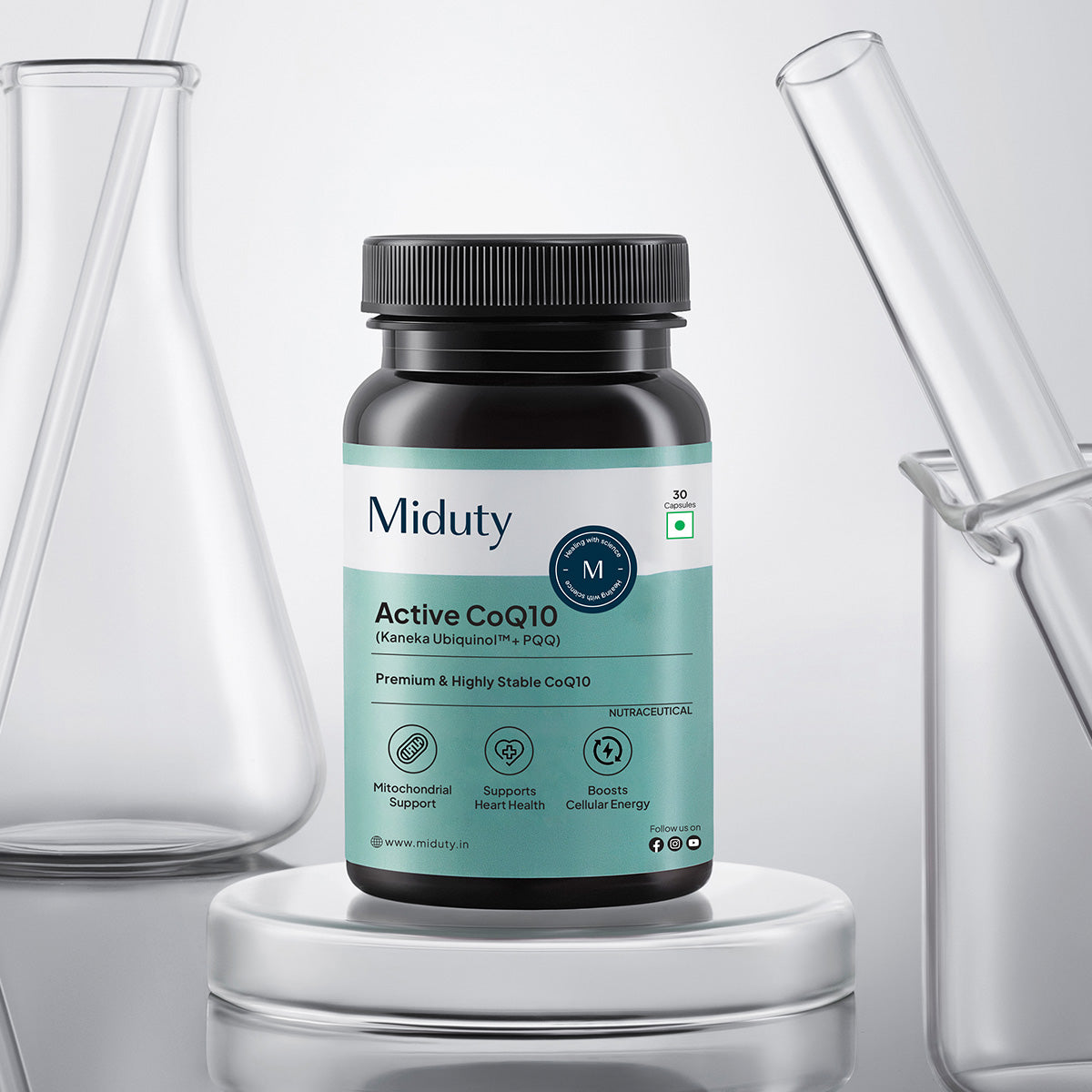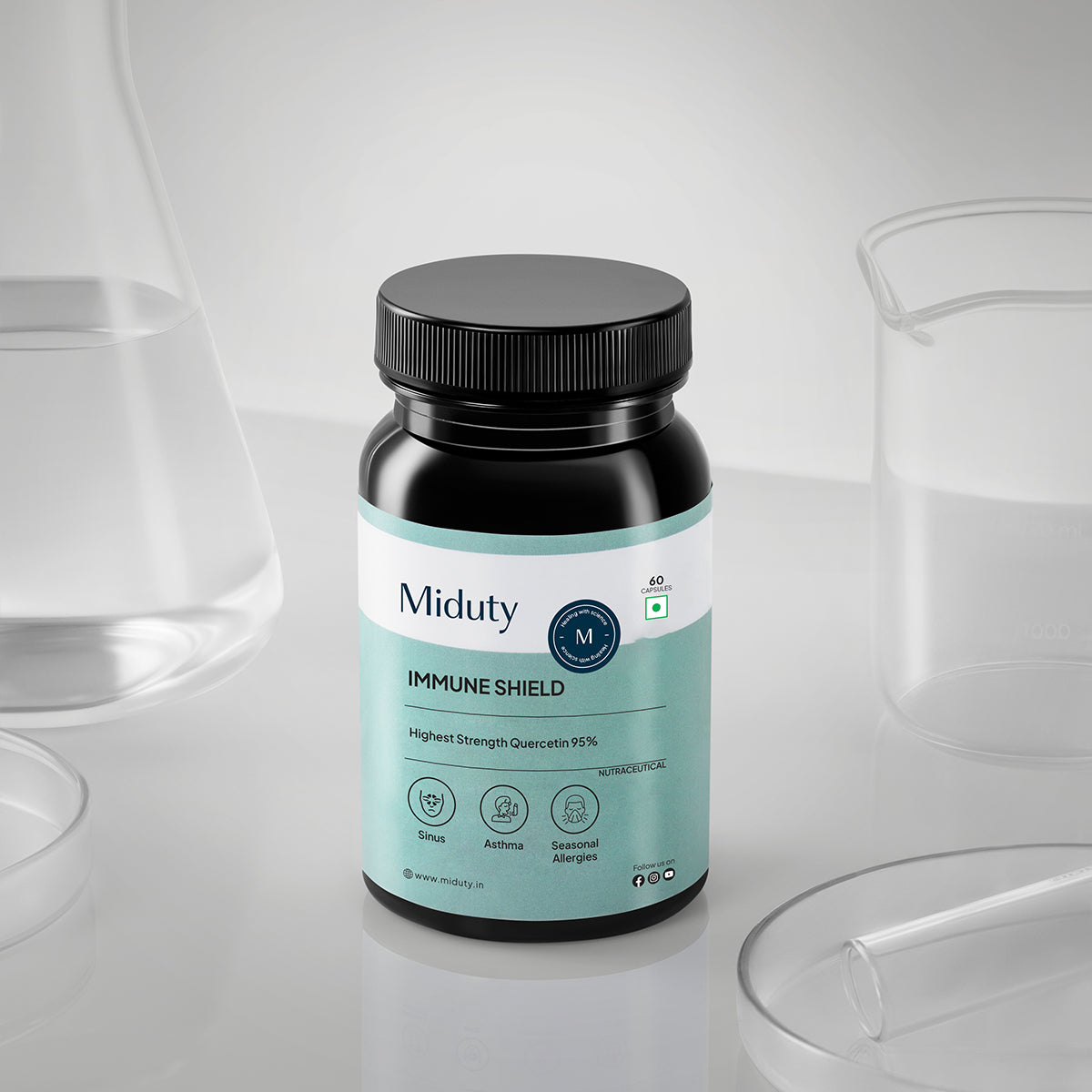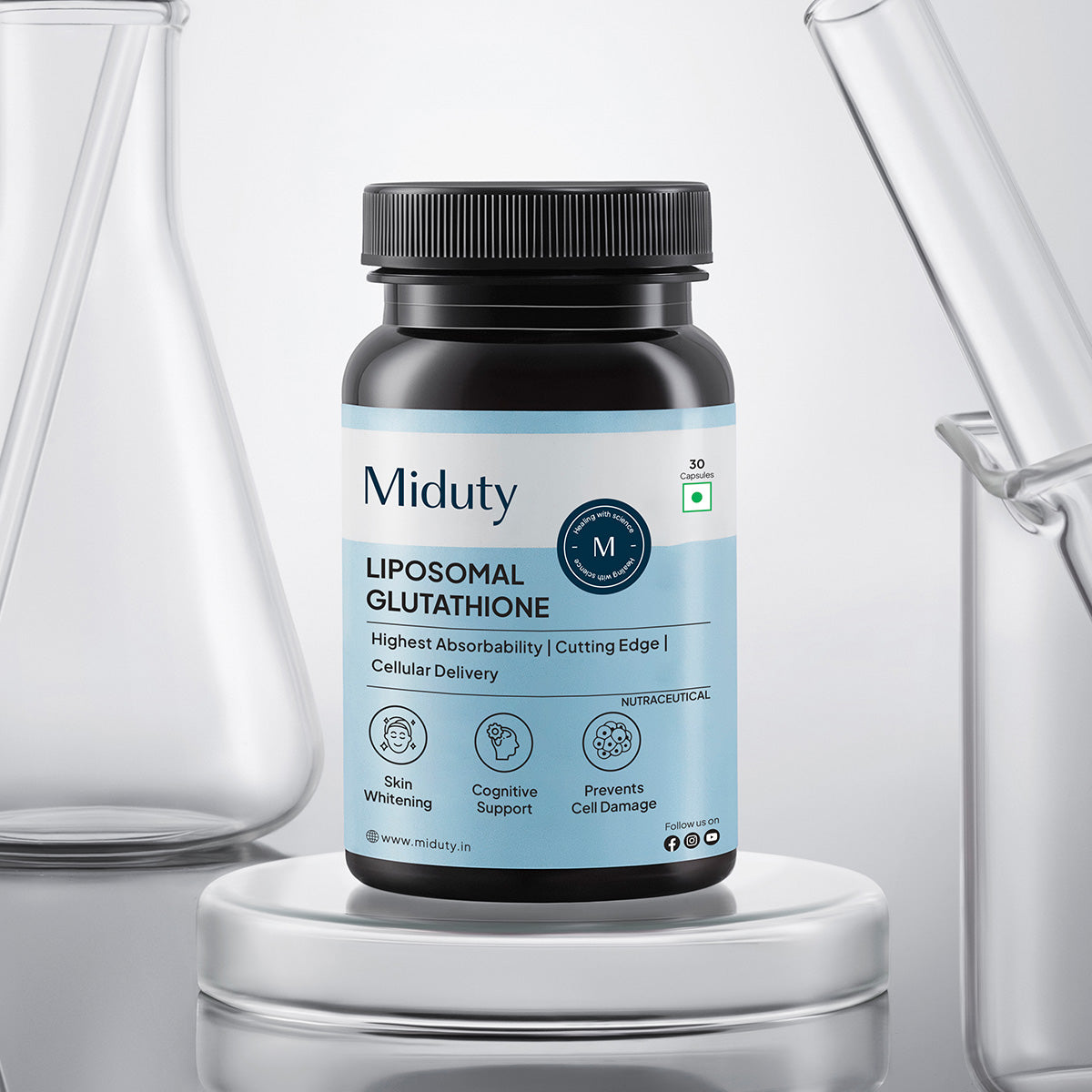
Yoga for Sciatica: 10 Best Yoga Poses for Sciatica Pain Relief
If you've ever felt that sharp, burning, or radiating pain shooting down your lower back into your hips, legs, or even all the way to your toes, you know just how much sciatica can disrupt daily life. It's the kind of pain that stops you mid-step, makes sitting unbearable, and turns simple tasks—like getting dressed or driving—into uncomfortable challenges. Many people describe it as a "lightning bolt" in the back or a deep ache that never quite goes away. And if you're reading this, chances are you've tried pain relievers, heating pads, or endless massages… yet the relief only lasts a little while.
But here's the good news: yoga may be one of the most effective, gentle, and accessible tools for easing sciatica. Not because it magically fixes the sciatic nerve itself, but because it supports the muscles, posture, and flexibility around the lower back and hips—areas that commonly trigger sciatic pain. With consistent practice, yoga can release the pressure that's pinching the nerve, strengthen the body's core support system, and calm the mind so you can move with confidence again.
In this guide, we'll dive into why yoga helps sciatica, the best poses for relief, how to practice safely, and how to build a routine that fits into everyday life. Whether you're brand new to yoga or already have a mat waiting, this blog will help you reconnect with your body and begin your journey toward pain-free movement.
Key Takeaways
1. Sciatica occurs when the sciatic nerve becomes compressed or irritated, causing sharp, radiating pain, tingling, numbness, or weakness that can affect daily activities like sitting, walking, or bending.
2. Yoga is an effective and gentle way to manage sciatica, helping release tight muscles, improve posture, strengthen core support, and reduce nerve pressure through targeted stretches and mindful movement.
3. Poses such as Child's Pose, Cat-Cow, Figure Four Stretch, Downward Dog, and Half Pigeon are especially beneficial for relieving sciatic pain by opening the hips, lengthening the spine, and easing tension in surrounding muscles.
4. Practicing safely is essential, which includes moving slowly, avoiding deep forward folds initially, using props, maintaining alignment, and consulting a professional if symptoms are severe.
5. Certain supplements may support nerve health, particularly those containing Horse Chestnut, D-Biotin, and R-Lipoic Acid, and may be helpful when combined with yoga, stretching, and lifestyle improvements for overall relief and recovery.
What is Sciatica?
Sciatica is a condition characterized by pain that radiates along the path of the sciatic nerve, the largest nerve in the body. This nerve begins in the lower back, runs through the hips and buttocks, and travels down each leg. Sciatica occurs when the nerve becomes compressed, irritated, or inflamed, often due to a herniated disc, spinal stenosis, piriformis syndrome, or prolonged poor posture.
The pain can range from a mild ache to a sharp, burning sensation and may be accompanied by numbness, tingling, or weakness in the affected leg. Sciatica can make everyday activities like sitting, walking, or bending difficult. While it can be painful, many cases improve with gentle movement, stretching, lifestyle adjustments, and supportive practices such as yoga.
Symptoms of Sciatica
People experiencing sciatica may feel one or more of the following:
- Sharp, shooting pain starting in the lower back or buttocks
- Radiating pain that travels down the leg, sometimes to the foot
- Burning, tingling, or "electric shock" sensations
- Numbness or reduced feeling in the leg
- Muscle weakness
- Pain that worsens when sitting or standing for long periods
- Difficulty bending, twisting, or lifting
Symptoms can vary from person to person—some feel a dull, constant ache, while others experience sudden, severe pain that makes movement difficult.
Causes of Sciatica
Sciatica is typically caused by something compressing or irritating the sciatic nerve. Common causes include:
1. Herniated or Bulging Disc: A slipped disc pressing on the nerve
2. Piriformis Syndrome: Tight piriformis muscle irritating the nerve
3. Degenerative Disc Disease: Age-related wear on spinal discs
4. Spinal Stenosis: Narrowing of the spinal canal
5. Poor Posture: Long hours of sitting or slouching
6. Weak Core Muscles: Lack of support for the lower spine
7. Sedentary Lifestyle: Reduced mobility and stiffness
8. Pregnancy: Added pressure on the lower back and pelvis
Understanding the root cause can help determine which yoga poses and stretches will provide the most relief.
10 Best Yoga Poses for Sciatica Pain Relief
Below are some of the most effective yoga poses for easing sciatic pain. Practice each one slowly, avoiding any movements that create sharp or shooting pain.
1. Child's Pose (Balasana)

Child's Pose gently stretches the lower back and helps release tension that may be contributing to sciatic discomfort. It also encourages deep relaxation and calms the nervous system.
How to do it:
- Begin on your knees with your big toes touching.
- Sit your hips back toward your heels.
- Lower your chest and forehead to the floor.
- Extend your arms forward or rest them by your sides.
- Spread your knees wider for a deeper hip stretch.
2. Cat-Cow Pose (Marjaryasana–Bitilasana)

Cat-Cow warms up the spine and increases mobility, helping reduce stiffness that aggravates sciatica. It also enhances posture by gently massaging the spinal discs. [1]
How to do it:
- Start on your hands and knees in a tabletop position.
- Inhale, drop your belly, and lift your chest (Cow).
- Exhale, round your spine upward (Cat).
- Continue moving slowly with your breath for several cycles.
3. Downward Dog (Adho Mukha Svanasana)

This pose lengthens the hamstrings and calves, which often pull on the lower back and contribute to sciatic nerve irritation. It also helps decompress the spine. [1]
How to do it:
- Begin on your hands and knees.
- Lift your knees, straighten your legs, and form an inverted V-shape.
- Press your hands firmly into the ground.
- Keep a slight bend in your knees if your hamstrings are tight.
- Let your heels move toward the floor without forcing them.
4. Standing Forward Fold (Uttanasana)

Standing Forward Fold gently stretches the hamstrings and lower back, relieving tension along the sciatic nerve. It also encourages relaxation and a lengthened spine.
How to do it:
- Stand with your feet hip-width apart.
- Hinge forward from your hips, lowering your torso toward your legs.
- Let your head and arms hang naturally.
- Bend your knees slightly to avoid overstretching.
5. Figure Four Stretch (Supine Pigeon Pose)

This pose deeply opens the hips and releases tightness in the piriformis muscle, which commonly presses on the sciatic nerve. It is highly effective for buttock and hip-related sciatic pain.
How to do it:
- Lie on your back with knees bent.
- Cross one ankle over the opposite knee.
- Thread your hands behind the lower thigh.
- Gently pull your legs toward your chest.
- Hold and breathe, then switch sides.
6. Half Pigeon Pose (Eka Pada Rajakapotasana)

Half Pigeon provides a deeper stretch for the outer hips and glutes, helping reduce nerve compression. It's excellent for releasing long-held tension.
How to do it:
- Begin in a tabletop position.
- Bring one knee forward and place it behind your wrist.
- Extend the opposite leg straight back.
- Lower your torso over your front leg.
- Use a pillow under your hip if you need support.
7. Cobra Pose (Bhujangasana)

Cobra strengthens the lower back and gently opens the front body, improving spinal alignment. It helps reduce stiffness from prolonged sitting or poor posture.
How to do it:
- Lie on your stomach with legs extended.
- Place your hands beneath your shoulders.
- Lift your chest gently while keeping elbows slightly bent.
- Engage your back muscles rather than pushing too hard with your arms.
8. Seated Spinal Twist (Ardha Matsyendrasana)

This twist releases tension in the lower back and increases mobility, helping reduce pressure along the sciatic nerve. It also promotes a more aligned spine.
How to do it:
- Sit with legs extended in front of you.
- Bend one knee and place the foot outside the opposite thigh.
- Sit tall and twist toward the bent knee.
- Place your opposite elbow against the knee for support.
- Switch sides and repeat gently.
9. Bridge Pose (Setu Bandhasana)

Bridge Pose helps strengthen the glutes, hamstrings, and lower back while opening the hip flexors, which can relieve pressure on the sciatic nerve. It also stretches the spine and promotes better posture.
How to do it:
- Lie on your back with your knees bent and feet hip-width apart.
- Press your feet into the floor and lift your hips toward the ceiling.
- Keep your shoulders grounded and your chest open.
- Hold the position for a few breaths, then lower down slowly.
10. Reclining Hand-to-Big-Toe Pose (Supta Padangusthasana)

This pose provides a deep stretch to the hamstrings and calves, which can help reduce lower-back tension that contributes to sciatica. It also improves flexibility and lengthens the entire back of the leg.
How to do it:
- Lie on your back with your legs extended.
- Lift one leg and hold the thigh, calf, or use a strap around your foot.
- Gently straighten the leg toward the ceiling.
- Keep the opposite leg grounded and switch sides after holding the stretch.
Safety Tips and Precautions
1. Start slowly and avoid forcing your body into any movement that causes sharp or shooting pain.
2. Be cautious with deep forward folds at first, because overstretching the hamstrings can worsen sciatic symptoms.
3. Use props such as blocks, pillows, or straps to support your body and prevent unnecessary strain on your lower back and hips.
4. Pay close attention to proper alignment, as moving with controlled, mindful form reduces pressure on the sciatic nerve.
5. Warm up before stretching, since cold muscles are more likely to tighten and trigger discomfort.
6. Practice regularly, even for a few minutes each day, because consistency is more effective for long-term relief than one long weekly session.
7. Consult a doctor or physical therapist before beginning yoga if you have severe disc issues, numbness, or significant muscle weakness.
Supplementation for Sciatica
Alongside stretching and lifestyle changes, some people use supplements to support nerve health and manage discomfort. A nerve pain relief supplement enriched with Horse Chestnut, D-Biotin, and R-Lipoic Acid is often preferred for sciatica support. Horse Chestnut is known for its anti-inflammatory benefits, D-Biotin helps maintain healthy nerve function, and R-Lipoic Acid—a stabilized form of Alpha Lipoic Acid—supports protection against nerve damage. If you're considering supplementation, it's best to choose a high-quality product and consult a healthcare professional to ensure it's safe for your needs.
Final Thoughts: Is Yoga Worth Trying for Sciatica?
Absolutely. Yoga offers a gentle, effective, and holistic approach to relieving sciatic pain. It addresses the root causes such as tight muscles, poor posture, weak core support, and stress, rather than just masking the symptoms. Whether you're dealing with occasional flare-ups or persistent discomfort, yoga can help restore mobility, improve posture, and reduce nerve compression over time.
The key is consistency and listening to your body. With even a few minutes a day, you can experience significant relief and begin moving with greater ease and confidence. If you're ready to take control of your pain, roll out your mat, breathe deeply, and let your journey to healing begin—one gentle stretch at a time.
FAQ's on Yoga for Sciatica -
Q1 - Which yoga is best for sciatica?
Gentle yoga poses that target the hips and lower back can be highly beneficial for sciatica, as they help reduce pressure on the sciatic nerve. Helpful options include Cobra Pose for spinal decompression, Cat-Cow for improved mobility, and Bridge Pose for strengthening the back and glutes. Poses such as Reclined Pigeon or Sitting Pigeon are also effective for stretching the piriformis and glute muscles. Always move slowly, listen to your body, and consult a healthcare professional before starting any new exercise routine.
Q2 - What are the top 3 exercises for sciatica?
The three best exercises for sciatica are the knee-to-chest stretch, which helps ease pressure on the lower back, the piriformis stretch, which targets the muscle often responsible for sciatic nerve irritation, and the cobra or prone-on-elbows stretch, which promotes gentle spinal extension. Together, these exercises work by stretching and strengthening the muscles surrounding the lower back and hips, offering support and relief for the sciatic nerve.
Q3 - What vitamin deficiency causes sciatica?
Vitamin B12 and vitamin D deficiencies are associated with sciatica because B12 supports nerve health while vitamin D helps reduce inflammation. Low levels of other nutrients such as B vitamins (B1, B6, and B9), vitamin C, and vitamin E may also contribute to nerve-related issues, including sciatic pain. Magnesium deficiency is another factor linked to increased sciatic nerve discomfort.
Q4 - What is the 1 minute exercise for sciatica?
A simple 1-minute exercise for sciatica is a standing hamstring stretch, where you keep your back straight, hinge at your hips, and stretch one leg for about 30 seconds before switching sides. Another quick option is a seated nerve glide, gently pointing and flexing your ankle back and forth for 15 to 20 repetitions.
Q5 - Is walking good for sciatica?
Yes, walking is generally beneficial for sciatica because it helps reduce pain and inflammation while improving mobility through increased blood flow and muscle strength. It's important to start at a gentle pace, maintain good posture, and stop if the pain intensifies. If walking becomes difficult or the pain is severe, it's best to consult a healthcare professional before beginning any exercise routine.
Q6 - What is the miracle stretch for sciatica?
There isn't one miracle stretch for sciatica, but the piriformis or the Figure 4 stretch is one of the most effective and widely recommended options because it targets the piriformis muscle. To do it, lie on your back with your knees bent and feet flat, cross the ankle of the affected leg over the opposite knee, and gently pull the uncrossed thigh toward your chest until you feel a stretch in your hip and buttock.
Q7 - What yoga should I avoid with sciatica?
You should avoid yoga poses that cause pain or place extra strain on the lower back, including deep forward bends, strong twists, and double leg lifts. It's also wise to steer clear of intense hamstring stretches that pull on the sciatic nerve, such as straight-leg sit-ups or trying to touch your toes. Poses that put pressure on the abdomen should be avoided as well, especially during pregnancy. Always listen to your body and modify or skip any pose that causes discomfort.
Q8 - What position relaxes the sciatic nerve?
Positions that can help relax the sciatic nerve include lying on your back with pillows under your knees, doing a knee-to-chest stretch, and practicing gentle movements such as cobra pose or bird-dog. These positions relieve pressure on the lower back and hips by stretching nearby muscles and supporting a neutral spine.
References
| Sr. No. | Reference Links |
| 1. | Role-of-Yogic-Practice-in-Sciatica-Pain July 2023 1623812864 1927605 |












